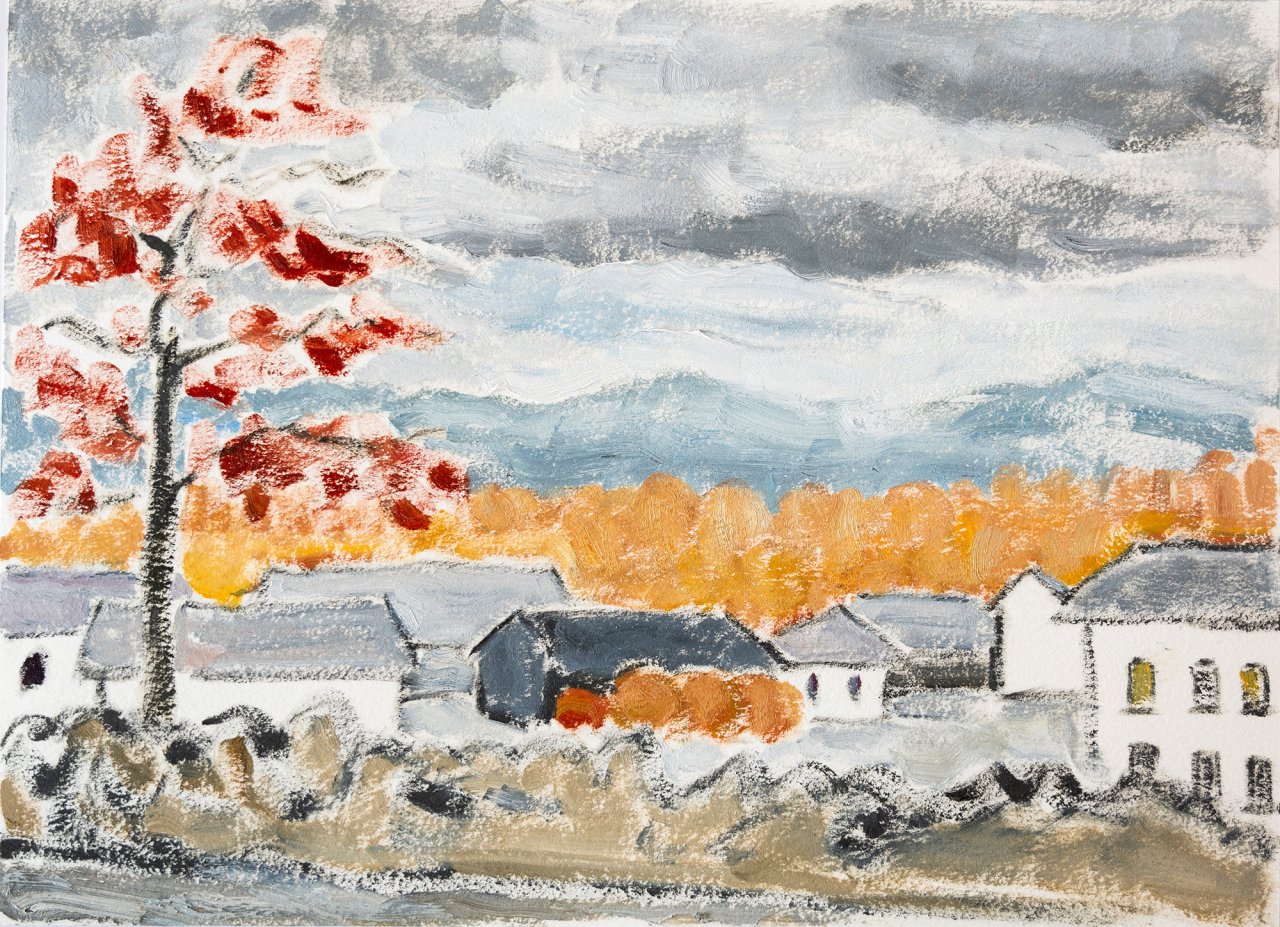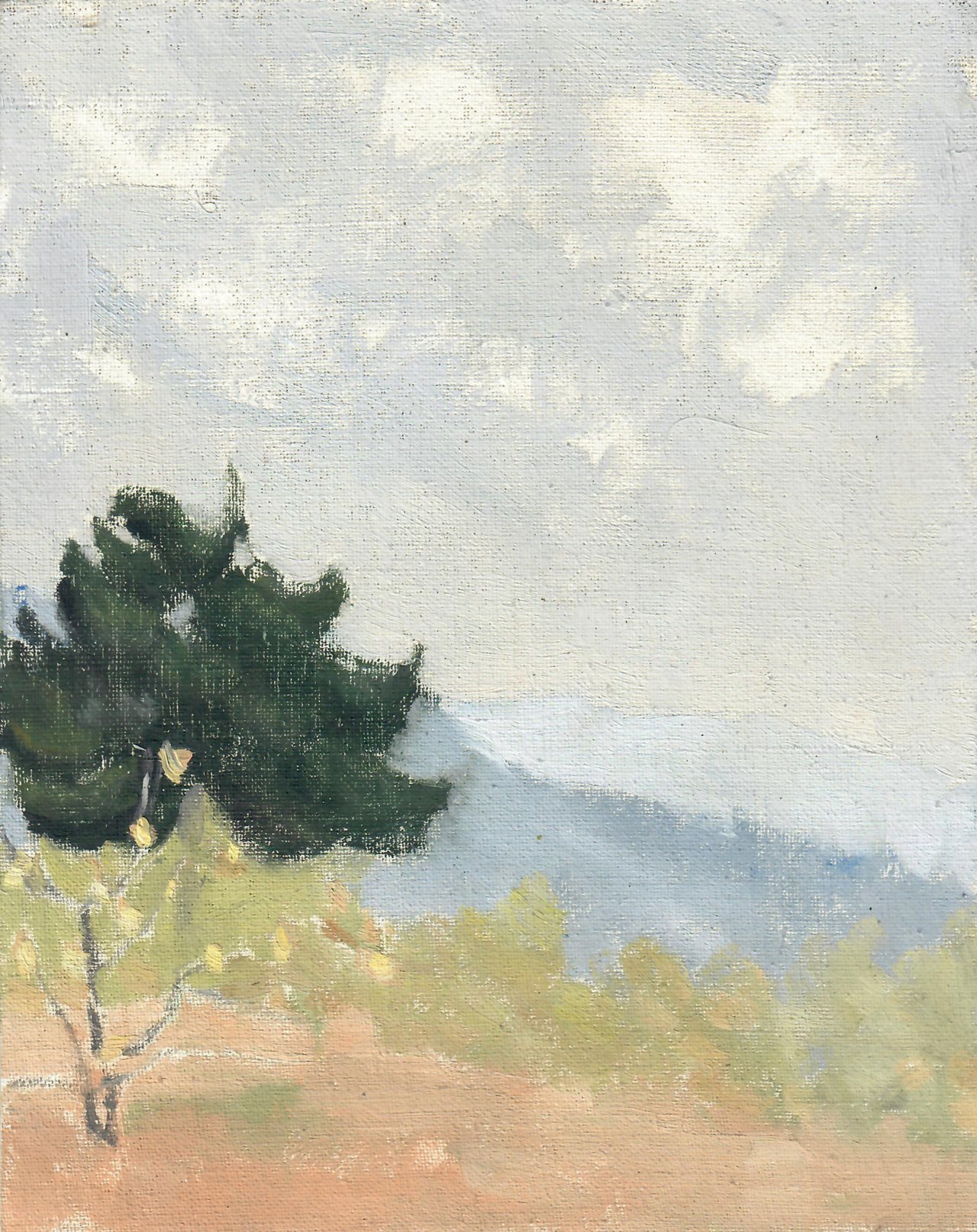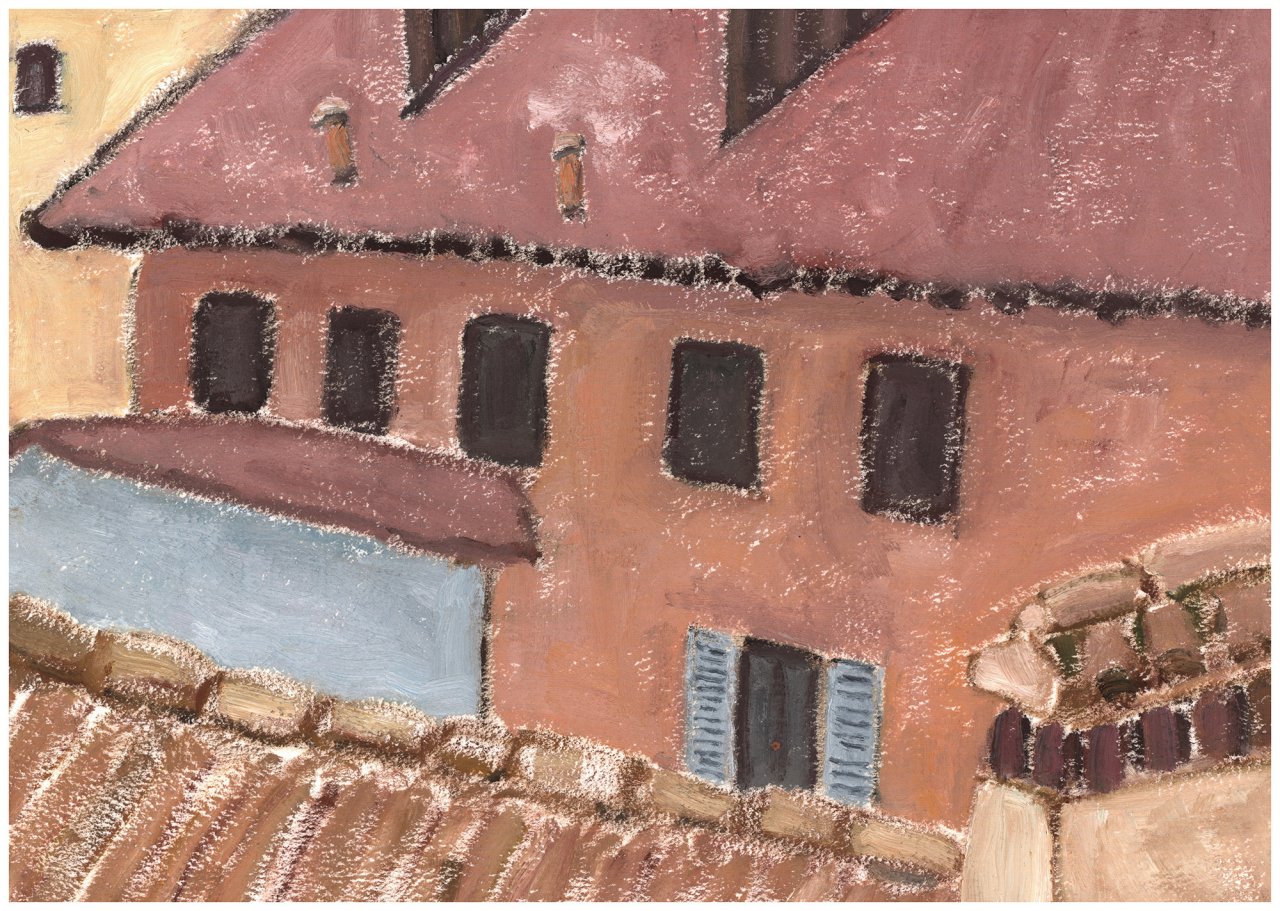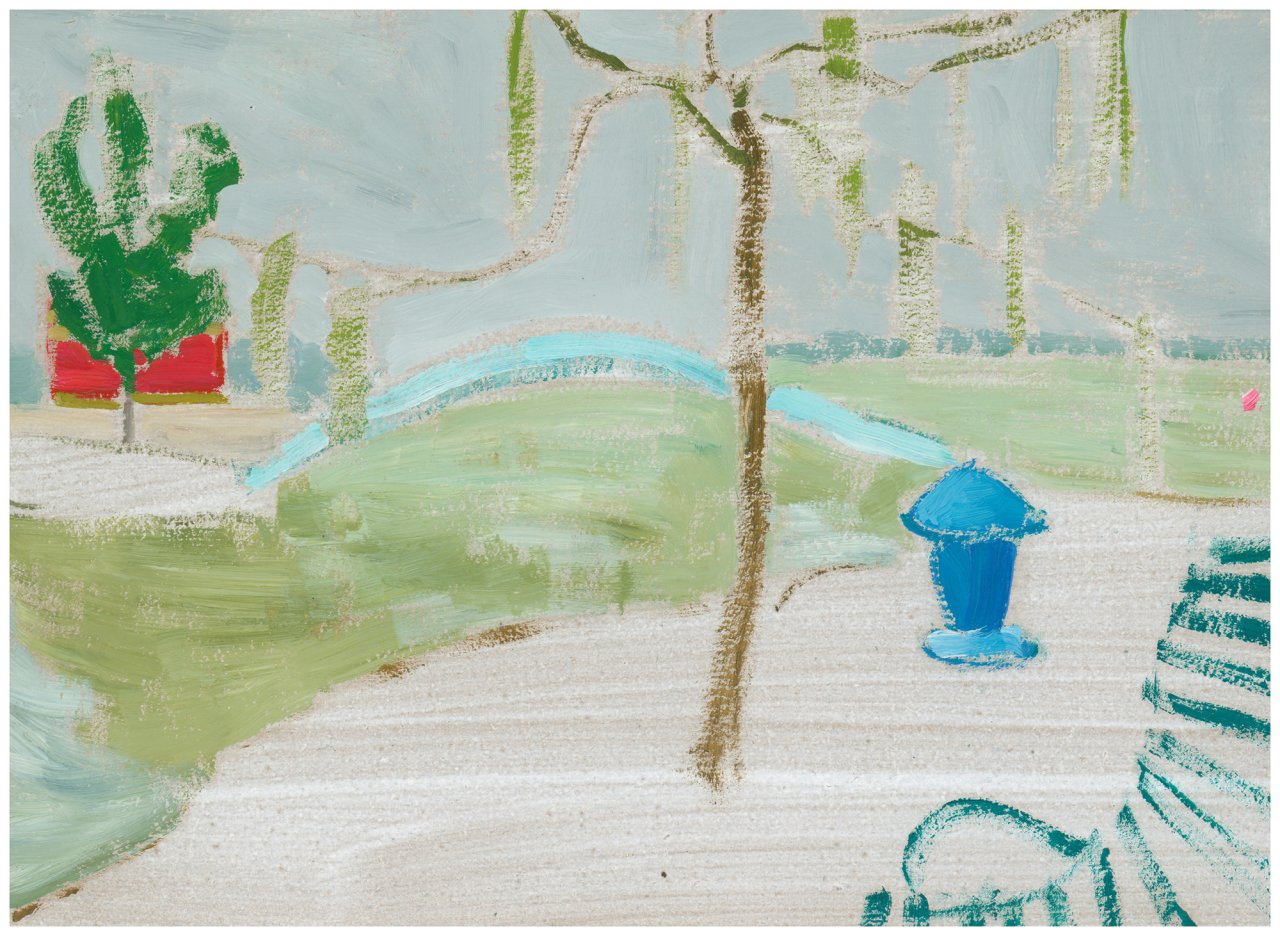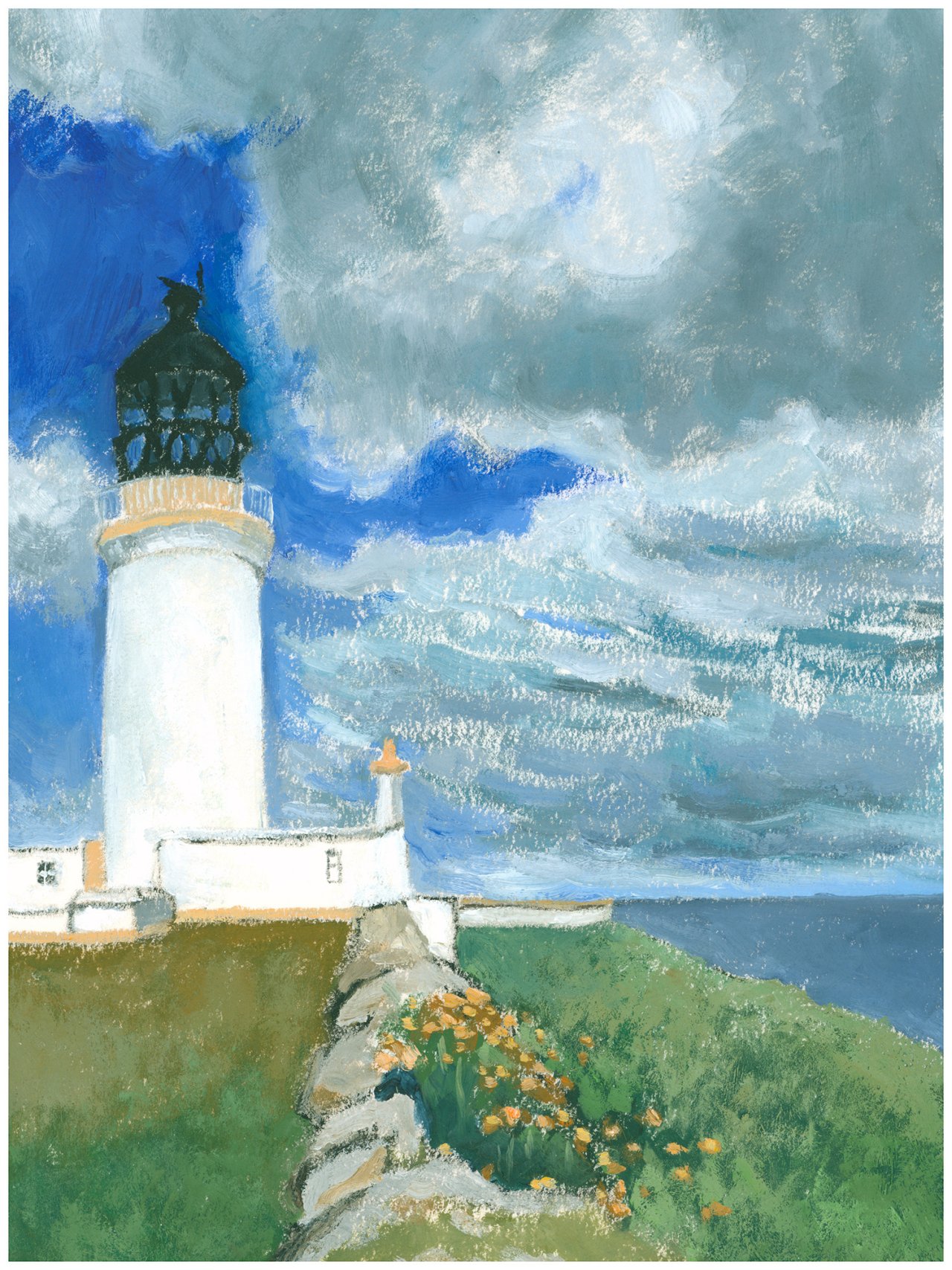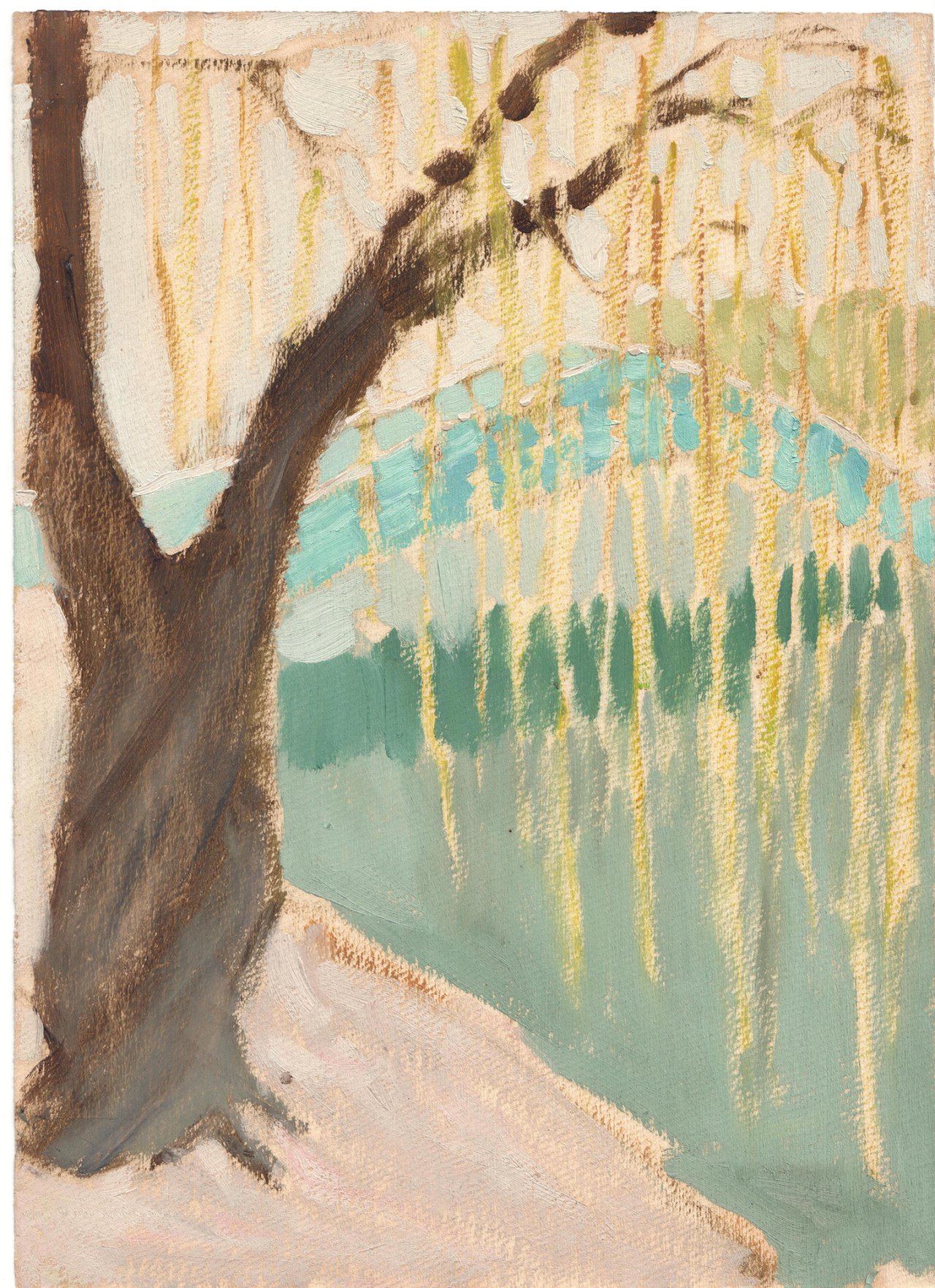Silvia Sun, Don Gallery, Shanghai:
No Name Group: Avant-Garde Aspirations within Landscape
As the first non-official artists’ collective in the history of Chinese contemporary art, the No Name (wuming) Group emerged before the better-known Stars Art Group, active from the late 1950s through the early 1980s. Particularly during the 1970s—at the height of the Cultural Revolution—China’s economy was constrained, culture tightly controlled, and art reduced to ideological propaganda. Against this backdrop, a circle of young artists gathered discreetly on weekends and holidays to paint landscapes. Rejecting political slogans and official aesthetics, they upheld the ideal of “art for art’s sake,” preserving classical values of truth, goodness, and beauty. Their practice was at once a quiet act of resistance and a latent articulation of modernity.
The group’s primary focus was plein-air landscape painting—not as academic exercise, but as lived practice. Locations such as the Ming Tombs, Xiangshan (Fragrant Hills), and Yuyuantan in Beijing were more than backdrops; they became “spiritual terrains” for artistic activity, shaped by history and social conditions. Art historian GAO Minglu compared the No Name Group to French Impressionism: both sought to capture the spectacle of their times. Yet the contrast is telling. Where the Impressionists painted an industrial Paris bustling with modern crowds, the No Name Group confronted Beijing’s political reality during the Cultural Revolution—a city untouched by commerce or urban modernity. Their landscapes are often desolate, sparsely populated, and silent, with figures appearing only as anonymous passersby or the artists themselves.
Just as the Impressionists inscribed modern Paris onto canvas, the No Name Group created the first “Beijing landscapes” of the Cultural Revolution. Their works recorded not only physical topography but also the lived tensions of history and society. Today, as China’s modernization transforms those once-remote landscapes, their paintings endure as poignant documents of memory and resistance.
LI Shan’s Diary: The Adventurer’s Passage
The No Name Group is often described as an avant-garde collective resisting political kitsch and material fashion, yet its members pursued highly individual practices rather than a shared style. LI Shan joined the group at just fourteen, becoming its youngest member and one of the few who remain active today. While most of her peers lacked formal academic training, LI Shan carried even fewer technical or institutional burdens. Her work is marked by a natural, unembellished directness. Using flat washes to construct form and avoiding intricate detail, she created images of striking simplicity. Her preference for small-scale canvases reflected both material scarcity and a conscious rejection of socialist realism in favor of modernist expression.
By the late 1970s, with the onset of Reform and Opening, China’s social atmosphere shifted dramatically. Many members of the group withdrew from art, turning to commerce or other fields. LI Shan was no exception. Not until 2005, at the age of 48, did she return to painting. Her former skills and sensibilities resurfaced, embedded in her body as enduring memory. With this return, she painted as an independent artist, free from the collective framework of her youth.
LI Shan’s practice is deeply intertwined with her life experience. An avid traveler, hiker, and snowboarder, she has journeyed through Xinjiang, England, Northern Europe, Switzerland, and Nepal. These travels reshaped her ways of seeing and turned painting into a kind of diary. She often contrasts the calm focus of painting with her otherwise adventurous and outgoing character. Whether depicting floral still lifes, lotus ponds beneath willows, or distant foreign landscapes, her works invite viewers into a purified world—free of anxiety, imbued with clarity, warmth, and stability.
Landscape Diaries: LI Shan × No Name Group reflects both the historical significance of the No Name Group and the arc of LI Shan’s personal trajectory. It traces her journey from youthful plein-air excursions to her midlife return as an independent artist. Her “landscape diaries” are not merely depictions of nature but intersections of history, society, and artistic ideals—testimonies to passage, resilience, and adventure.
